Embarking on pet ownership can be both exciting and overwhelming, especially for first-time reptile enthusiasts. Among the vast array of exotic pets available, leopard geckos stand out as exceptional companions for beginners. These charming reptiles, with their distinctive spotted patterns and endearing smiles, offer a perfect introduction to reptile keeping without the complexities associated with other species. Their manageable size, relatively simple care requirements, and engaging personalities make them ideal candidates for novice pet owners. Whether you’re a young enthusiast, a busy professional, or someone looking to expand their pet family, leopard geckos provide a fascinating glimpse into the reptile world while remaining accessible to those with limited experience.
Manageable Size and Lifespan
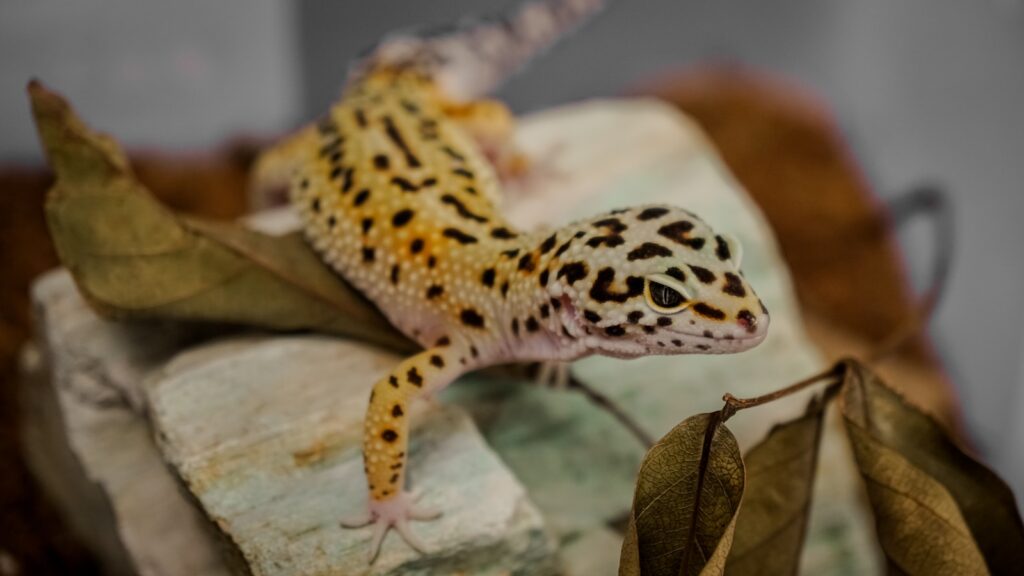
Leopard geckos typically grow to a modest 8-10 inches in length, making them an ideal size for comfortable handling and housing in reasonably sized enclosures. Unlike some reptiles that can grow to intimidating proportions, these geckos remain small enough to be easily managed by keepers of all ages, including supervised children. Perhaps even more appealing is their impressive lifespan, which ranges from 10-20 years in captivity with proper care. This longevity allows owners to form lasting bonds with their scaled companions without the decades-long commitment required by some parrots or tortoises. Their manageable size and substantial lifespan strike a perfect balance for beginners who want a long-term pet without overwhelming space requirements or brief lifespans that might lead to heartbreak.
Docile Temperament
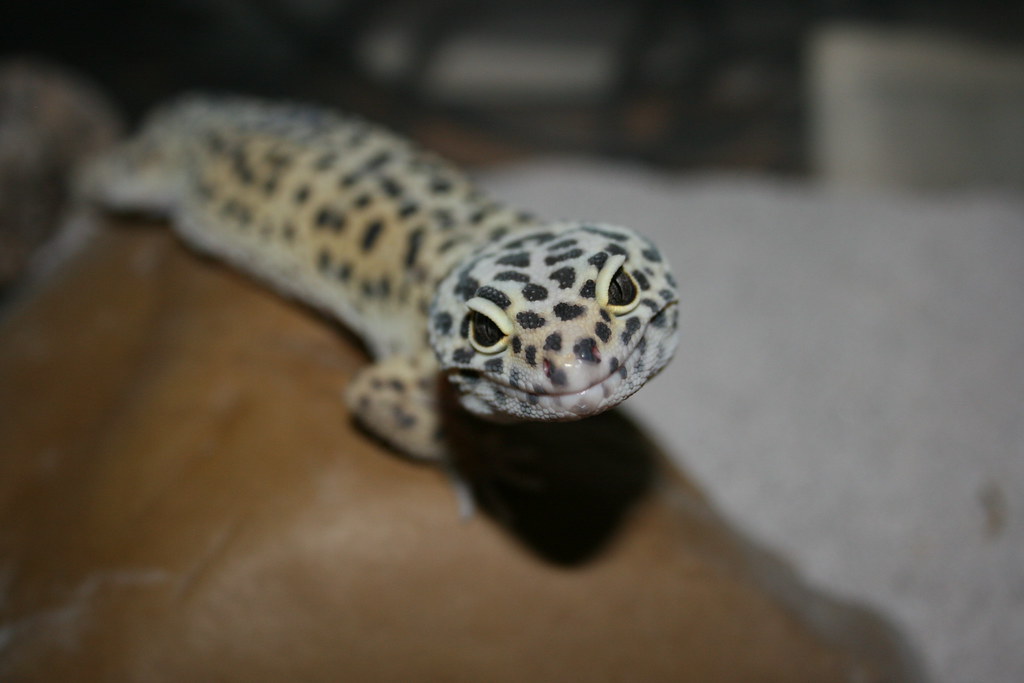
Leopard geckos are renowned for their gentle, docile nature, making them exceptional pets for those new to reptile handling. Unlike some skittish or defensive reptiles, these geckos typically tolerate handling well once acclimated to their owner, rarely displaying aggressive behaviors such as biting or tail whipping. Their calm demeanor allows beginners to build confidence in reptile handling without fear of sudden movements or defensive reactions. Many leopard gecko owners report that their pets actually seem to enjoy supervised exploration time outside their enclosures, often becoming more comfortable with human interaction over time. This agreeable temperament makes daily care and health checks significantly less stressful for both the animal and their keeper, creating a positive experience for first-time reptile enthusiasts.
Simple Dietary Needs
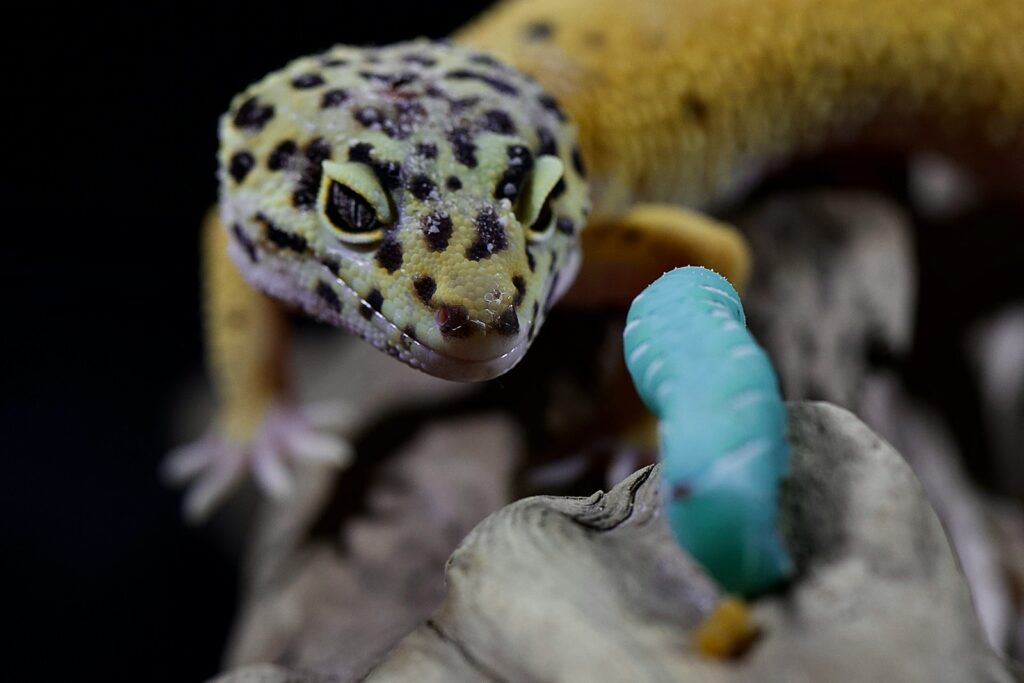
Feeding a leopard gecko proves refreshingly straightforward compared to many other pets, as they thrive on a simple insect-based diet. Their primary nutrition comes from commercially available insects like crickets, mealworms, and dubia roaches – all easily purchased from pet stores or online suppliers. Unlike some reptiles with complex nutritional requirements or those needing live vertebrate prey, leopard geckos are content with insects dusted with calcium and vitamin supplements a few times per week. Adult geckos typically only need feeding every other day or three times weekly, making their care schedule manageable even for busy owners. Additionally, their feeding response is generally strong and predictable, eliminating much of the worry first-time reptile keepers might experience about whether their pet is eating properly.
Low Maintenance Habitat
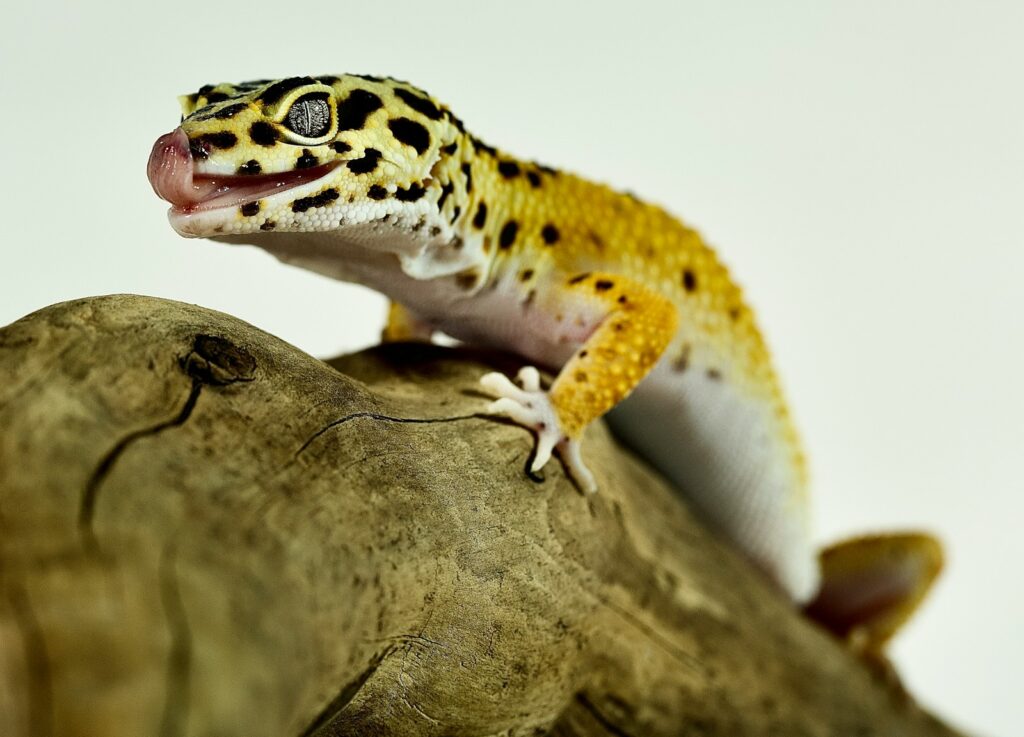
Creating an appropriate habitat for a leopard gecko requires much less equipment and ongoing maintenance than many other reptiles or traditional pets. A simple 20-30 gallon tank with a secure lid provides ample space for a single gecko to thrive, without demanding the elaborate, bioactive setups some species require. Their desert origins mean leopard geckos don’t need the high humidity levels that can be challenging for beginners to maintain consistently in species from tropical environments. Habitat cleaning is straightforward, typically involving spot cleaning every few days and a more thorough substrate change monthly, rather than daily maintenance. Even their temperature requirements are modest, with a simple heat mat or ceramic heat emitter providing the necessary warmth gradient without the complex lighting systems required by many other reptiles.
No Special Lighting Requirements
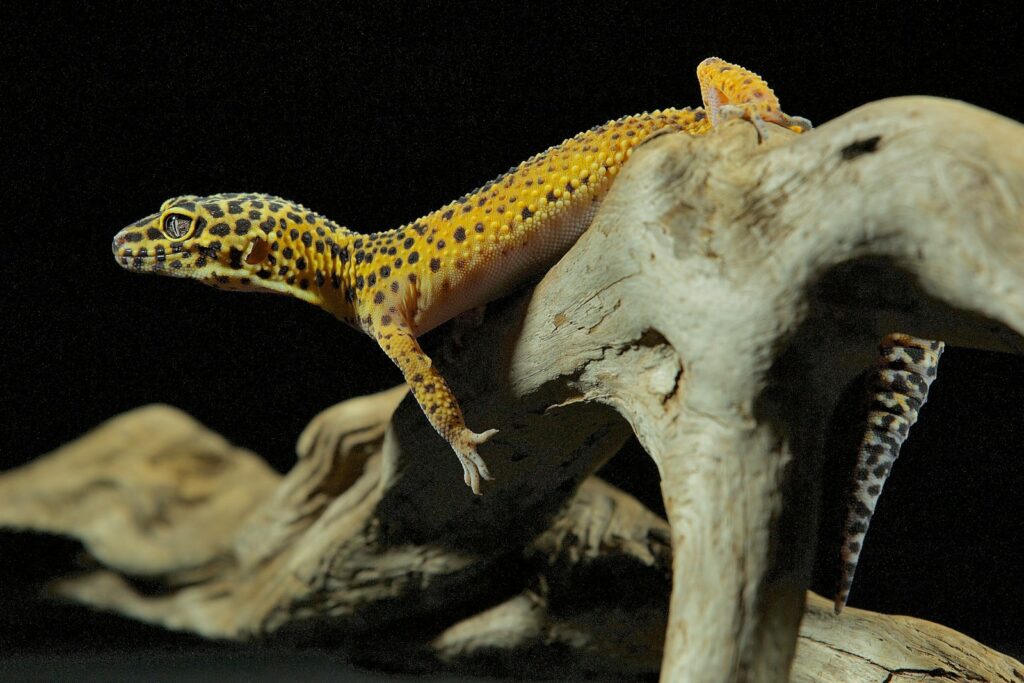
Unlike many reptile species that require specialized UVB lighting to process calcium and maintain health, leopard geckos are crepuscular and have evolved to absorb calcium differently. This unique adaptation means they can thrive without expensive UVB bulbs that require regular replacement, significantly reducing both the initial setup costs and ongoing maintenance expenses for new owners. Standard room lighting during the day and darkness at night is sufficient to maintain their natural rhythms, with some keepers opting for simple LED lighting merely for viewing pleasure. The lack of complex lighting needs eliminates one of the most common sources of confusion and error for beginner reptile keepers. This simplification of care makes leopard geckos particularly suitable for first-time reptile enthusiasts who might feel overwhelmed by the technical aspects of UVB wavelengths, replacement schedules, and proper positioning required by other species.
Minimal Odor
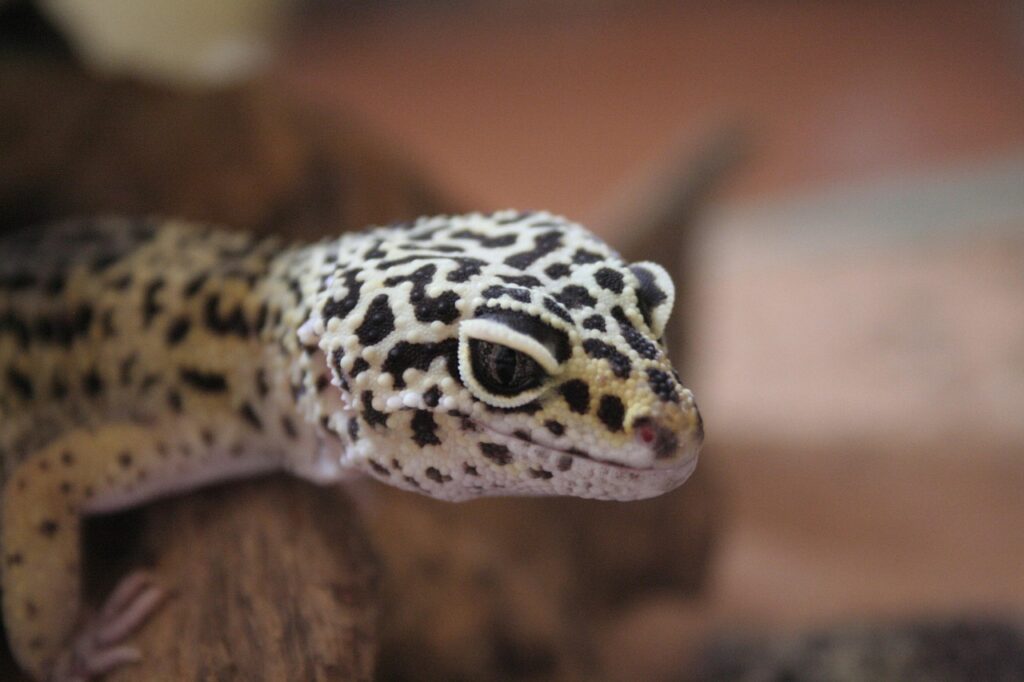
Leopard geckos produce minimal waste and virtually no odor when properly maintained, making them ideal pets for apartments or shared living spaces where strong animal smells would be problematic. Their insectivorous diet results in small, dry waste that doesn’t produce the pungent odors associated with some mammalian pets or even other reptiles with different dietary requirements. Their natural desert adaptation to conserve water means they produce concentrated waste in small quantities rather than frequent, messy eliminations. Regular spot cleaning easily manages any potential odors, with most owners reporting that proper maintenance results in a habitat that produces no detectable smell even when standing directly beside the enclosure. This odorless quality makes leopard geckos particularly suitable for bedrooms, living rooms, or other spaces where traditional pets might create unwelcome aromas.
Quiet Nature
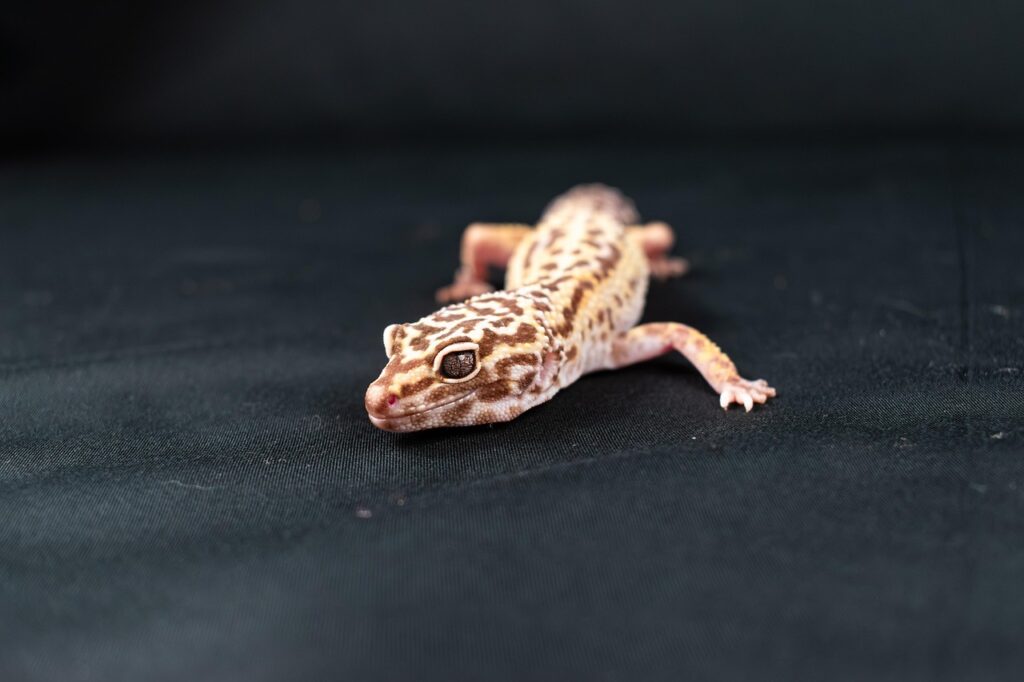
For those sensitive to noise or living in environments where quiet is essential, leopard geckos offer a peaceful pet experience as they are almost completely silent. Unlike dogs that bark, birds that chirp, or even some reptiles that hiss or make vocal sounds, leopard geckos rarely vocalize except for occasional soft squeaks during unusual stress or mating behaviors. Their movement within their enclosure produces minimal sound, particularly when compared to nocturnal small mammals that might run on wheels or rustle through bedding during the night. This silent nature makes them perfect companions for apartment dwellers with noise restrictions, students needing to study, or light sleepers who would be disturbed by more vocal or active pets. Their quiet presence allows for the enjoyment of animal companionship without the acoustic complications that can accompany many other pet choices.
Economical Housing Setup
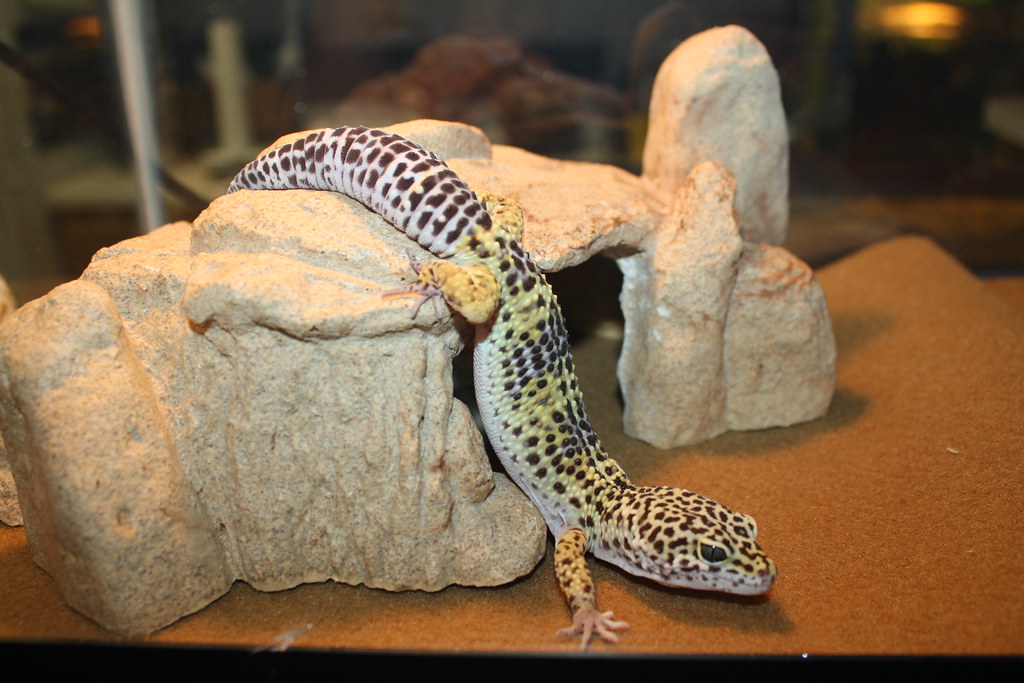
The initial setup for a leopard gecko habitat represents a remarkably economical entry point into exotic pet keeping, especially when compared to the elaborate and expensive setups required for many other reptiles. A basic 20-gallon long aquarium or plastic equivalent, a simple heat source, a few hiding spots, and appropriate substrate can be acquired for a fraction of the cost of aquariums, custom aviaries, or the elaborate tropical terrariums needed for more demanding species. Ongoing costs remain minimal, with inexpensive substrate replacements and modest electricity usage for heating representing the primary recurring expenses. Many decorative elements can be created from sanitized natural materials like rocks and branches, further reducing costs for creative keepers. This affordability makes leopard geckos particularly accessible to young enthusiasts, students, or anyone on a limited budget who still desires the rewarding experience of reptile keeping.
Fascinating Behaviors
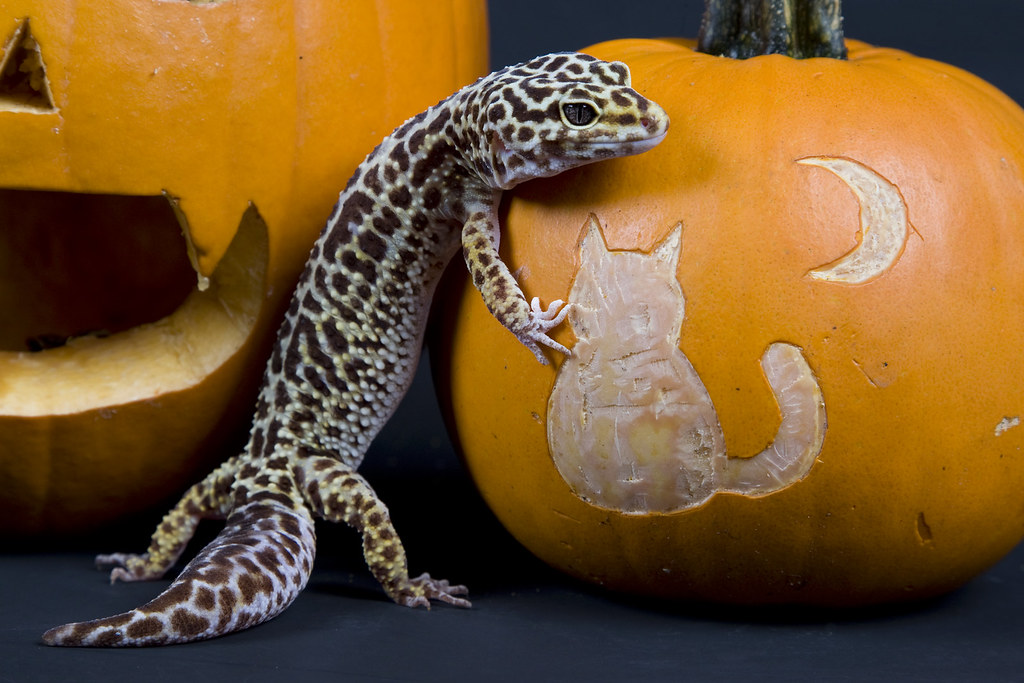
Despite their simplicity of care, leopard geckos display a range of fascinating behaviors that provide endless entertainment and educational opportunities for their keepers. Owners frequently observe intriguing hunting techniques as their geckos stalk live insects, demonstrating natural predatory behaviors rarely seen in traditional pets. Their unique tail-waving communication, defensive postures, and exploration patterns offer windows into reptilian behavior that captivate observers of all ages. Many keepers report that their leopard geckos demonstrate recognizable personality differences, with some individuals being naturally more curious, bold, or interactive than others. This behavioral complexity creates opportunities for engagement and observation that far exceed what might be expected from such a low-maintenance pet, providing intellectual stimulation alongside the emotional connection of pet ownership.
Individual Recognition of Owners
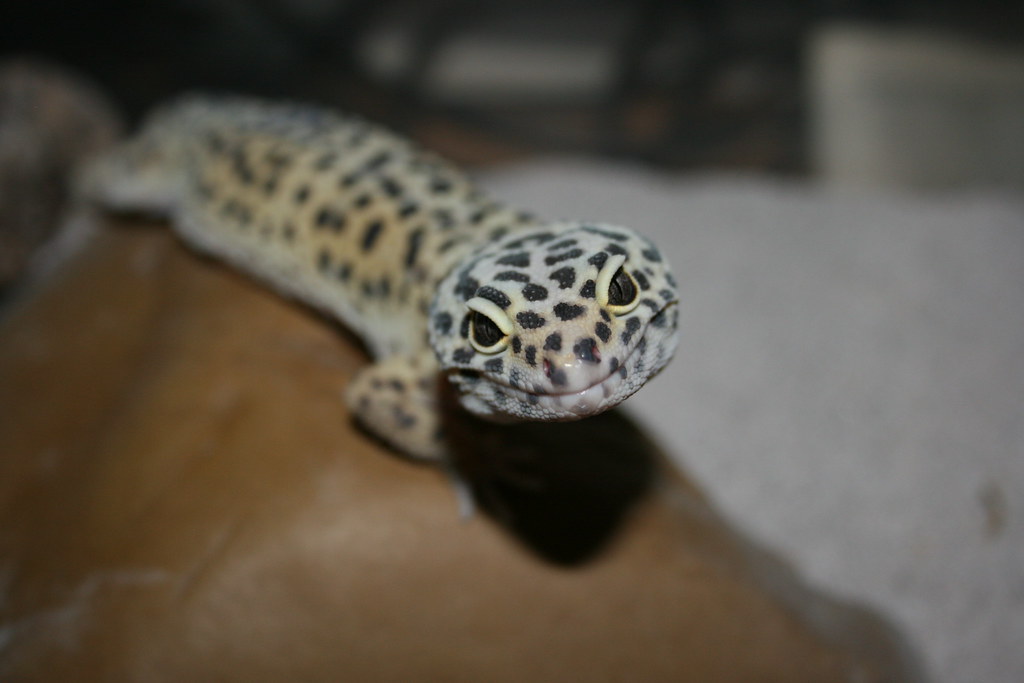
Many experienced leopard gecko keepers report that their pets demonstrate surprising levels of recognition toward their regular handlers, challenging common misconceptions about reptilian cognition. After regular, gentle handling sessions, many geckos show markedly different behavior toward their primary caretakers compared to strangers, sometimes willingly approaching familiar hands or showing comfort behaviors like relaxed posture and exploratory tongue-flicking. This capacity for recognition creates a sense of connection that new reptile owners often don’t expect but find deeply rewarding as the relationship develops. While not displaying affection in ways mammalian pets might, the trust relationship that forms between a leopard gecko and a consistent caretaker offers its own unique satisfaction. This cognitive capability provides beginners with the emotional rewards of pet ownership while still respecting the natural behavior patterns of a reptilian species.
Minimal Space Requirements
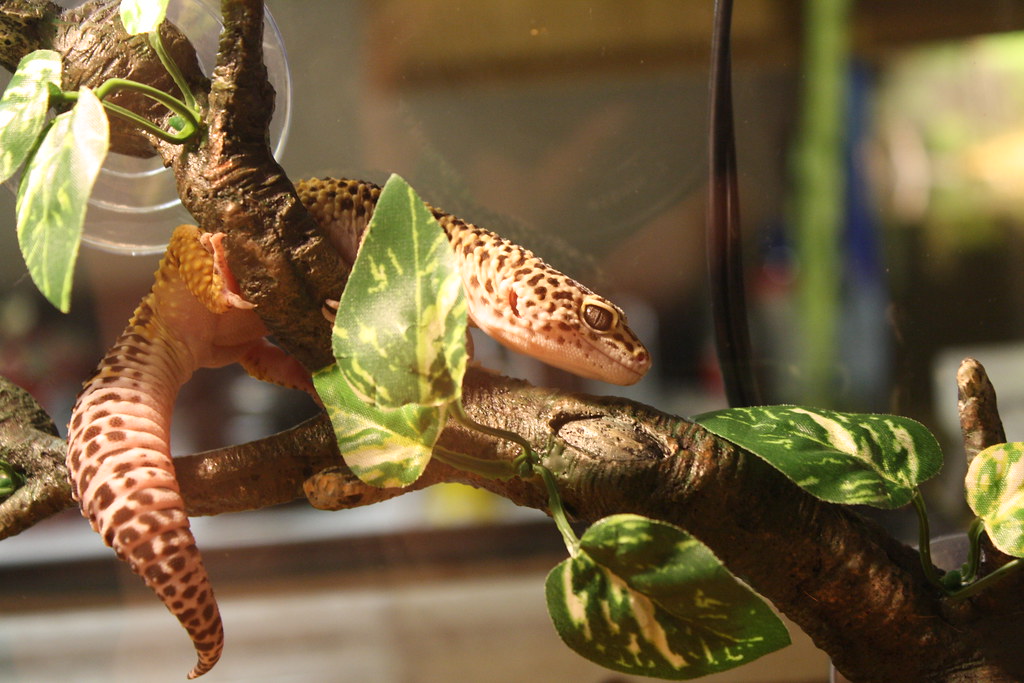
The modest spatial needs of leopard geckos make them ideal pets for living situations where space comes at a premium, such as apartments, dorm rooms, or homes where large enclosures would be impractical. A single adult gecko can thrive in a properly appointed 20-gallon terrarium measuring roughly 30″ x 12″ x 12″, which can easily fit on a sturdy desk, dresser, or dedicated stand without dominating the room. This compact footprint stands in stark contrast to the substantial space required for dog play areas, multi-level cat furniture, or the room-sized enclosures needed for larger reptiles like monitors or iguanas. Their minimal space requirement doesn’t compromise their quality of life, as leopard geckos naturally prefer secure, defined territories rather than vast ranging areas. This spatial efficiency makes them accessible to reptile enthusiasts living in urban environments or shared housing where spatial constraints might otherwise prevent pet ownership.
Growing Community Support
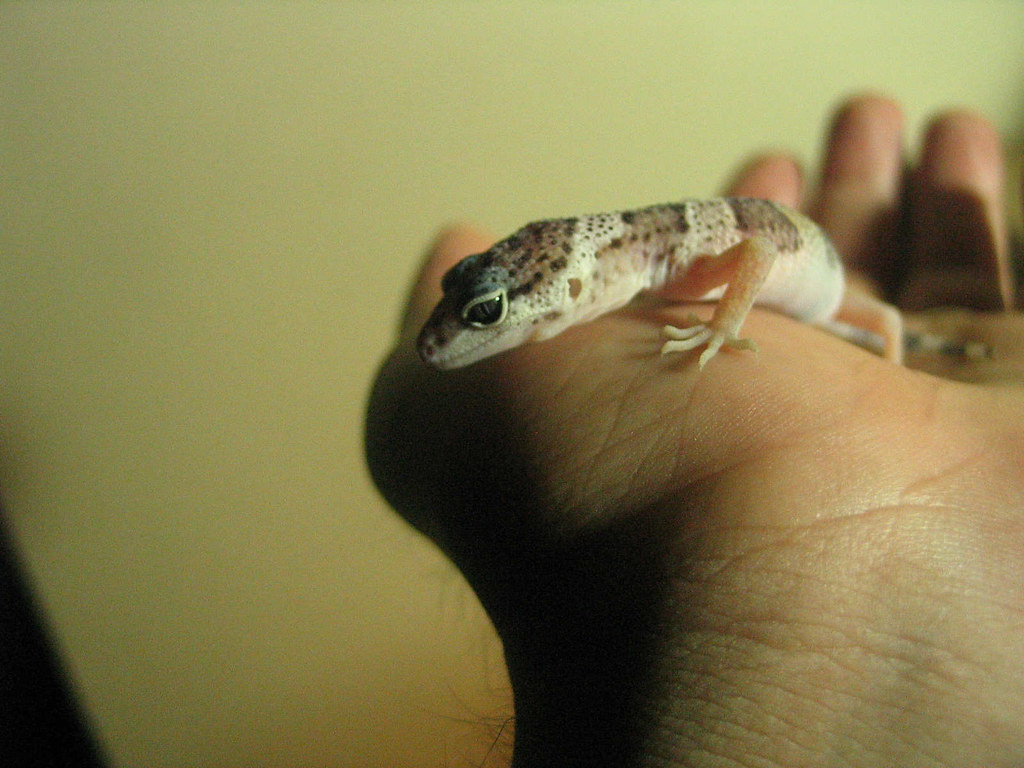
The expanding community of leopard gecko enthusiasts has created unprecedented access to care information, troubleshooting advice, and social connection for beginners entering the hobby. Online forums, social media groups, and video platforms feature countless dedicated spaces where new owners can seek guidance from experienced keepers, share their experiences, and showcase their pets. Veterinary care has similarly improved, with more exotic animal veterinarians becoming experienced in gecko health issues as their popularity increases. Comprehensive care guides, both in print and digital formats, offer detailed roadmaps for successful husbandry that simply weren’t available for many exotic species in previous decades. This robust support network significantly flattens the learning curve for beginners, providing reassurance and resources that help prevent common novice mistakes and enhance the overall pet ownership experience.
Diverse Morphs and Appearances
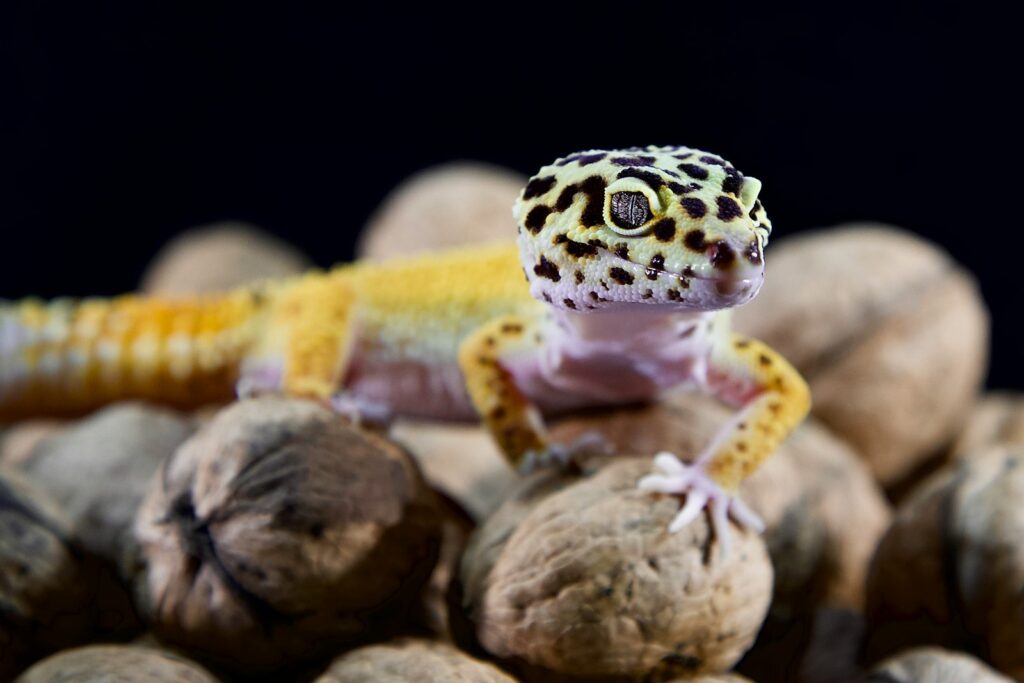
The leopard gecko hobby offers beginners the exciting opportunity to select from an astounding array of color morphs and pattern variations, allowing new keepers to choose pets that match their aesthetic preferences. From the wild-type spotted pattern to striking solid colors, unique eye variations, and even patterns mimicking other species, the diversity rivals that of many more complex pets. This variety means beginners can experience the excitement of exotic pet ownership with an animal that appeals to their personal taste, creating an immediate connection. The visual differences between morphs also provide an educational opportunity to learn about genetics and selective breeding in a tangible, observable context. While some rare morphs command premium prices, many beautiful varieties remain accessible to beginners on modest budgets, democratizing the experience of owning a truly distinctive and personalized pet.
Leopard geckos represent an ideal gateway into reptile keeping, offering beginners a perfect balance of rewarding interaction and manageable care requirements. Their combination of gentle temperament, modest space needs, and straightforward husbandry creates an accessible entry point for enthusiasts of all ages and living situations. Beyond their practical advantages, these charming reptiles provide unique opportunities for observation, learning, and connection that can ignite lifelong interests in herpetology and conservation. As pets that can thrive for decades with proper care, leopard geckos offer new owners the chance to develop lasting relationships with remarkably distinctive companions. For anyone considering their first foray into exotic pet keeping, these friendly, spotted geckos deserve their reputation as one of the most beginner-friendly reptiles available in the modern pet trade.

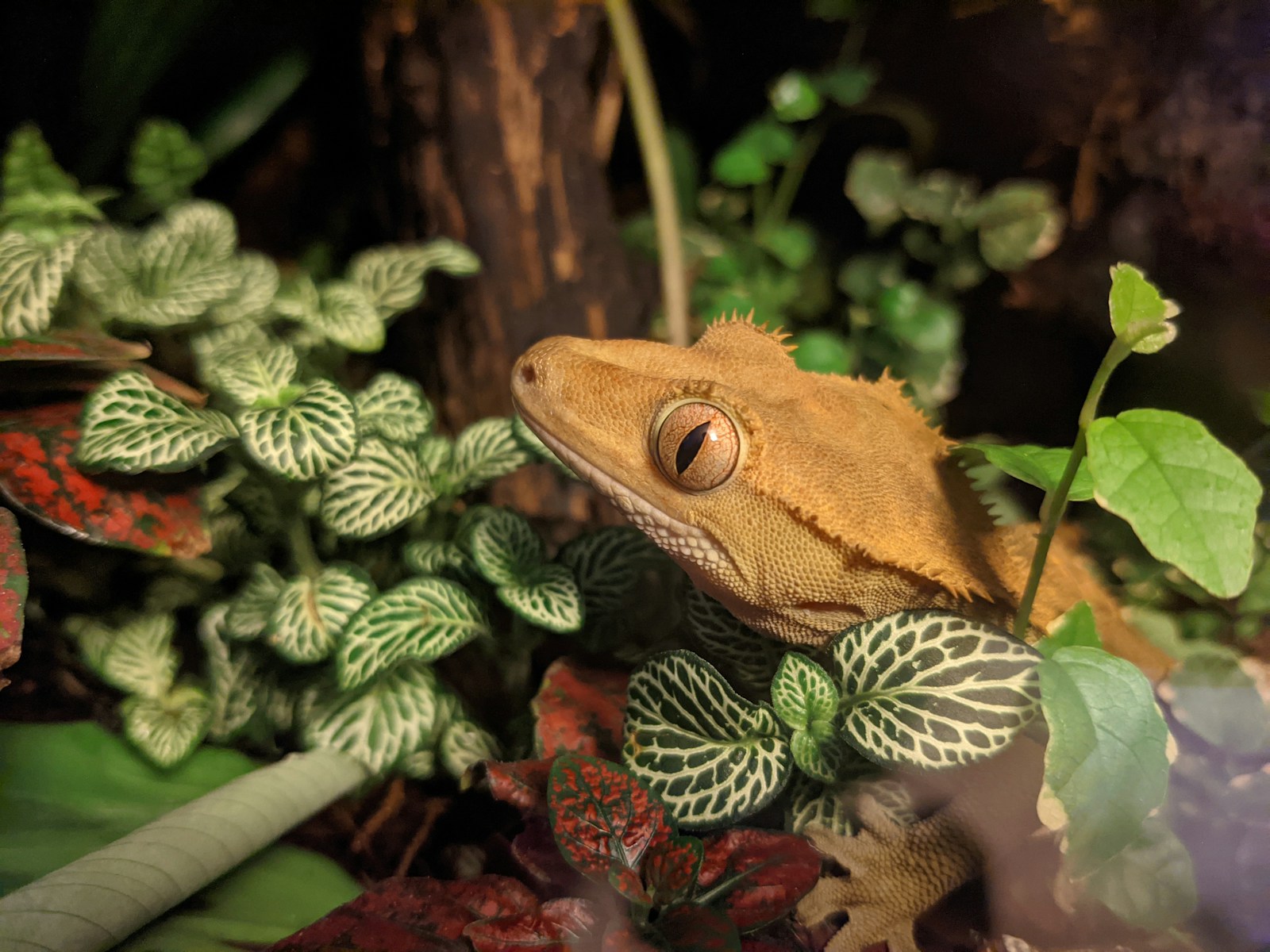
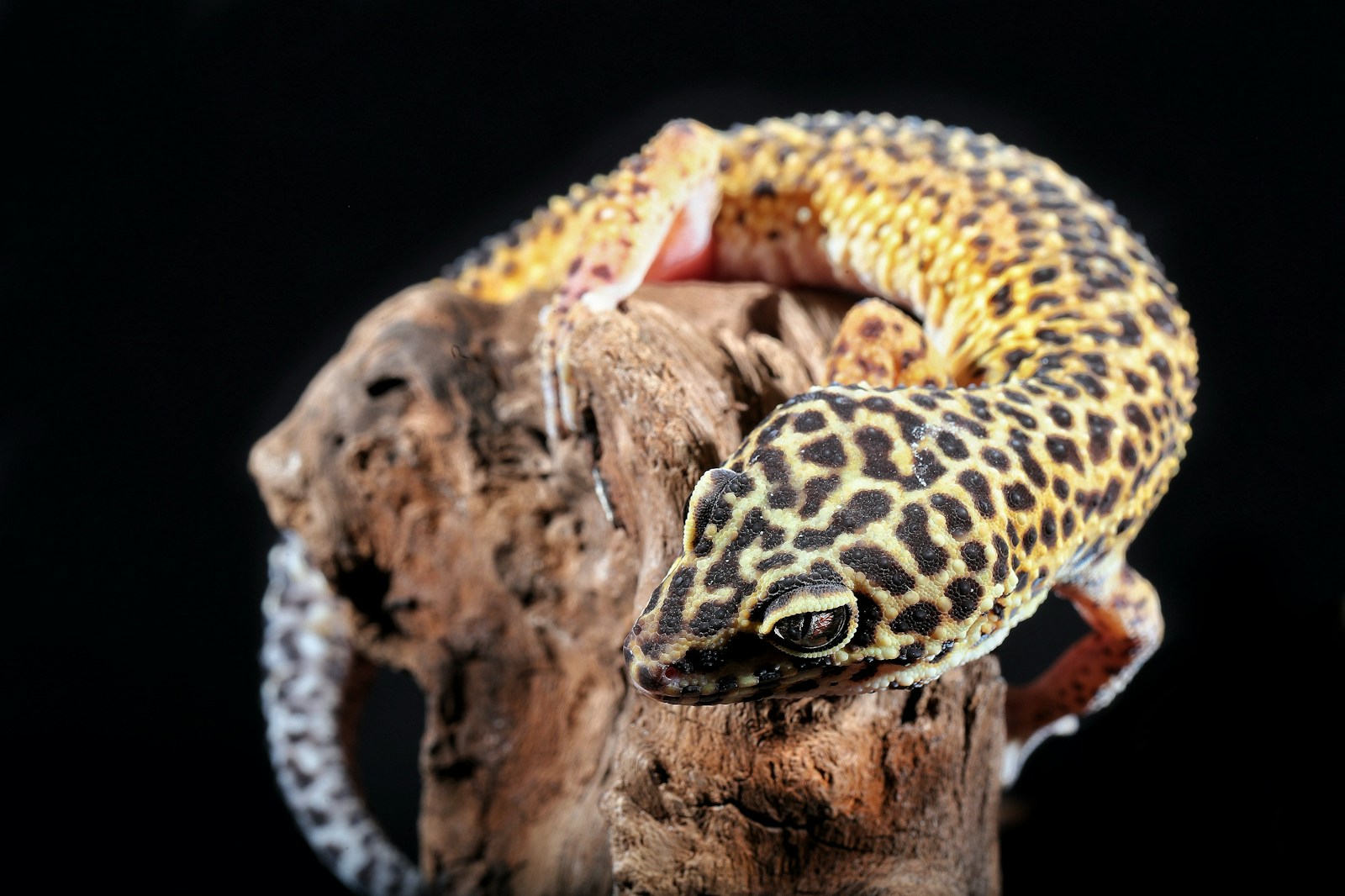
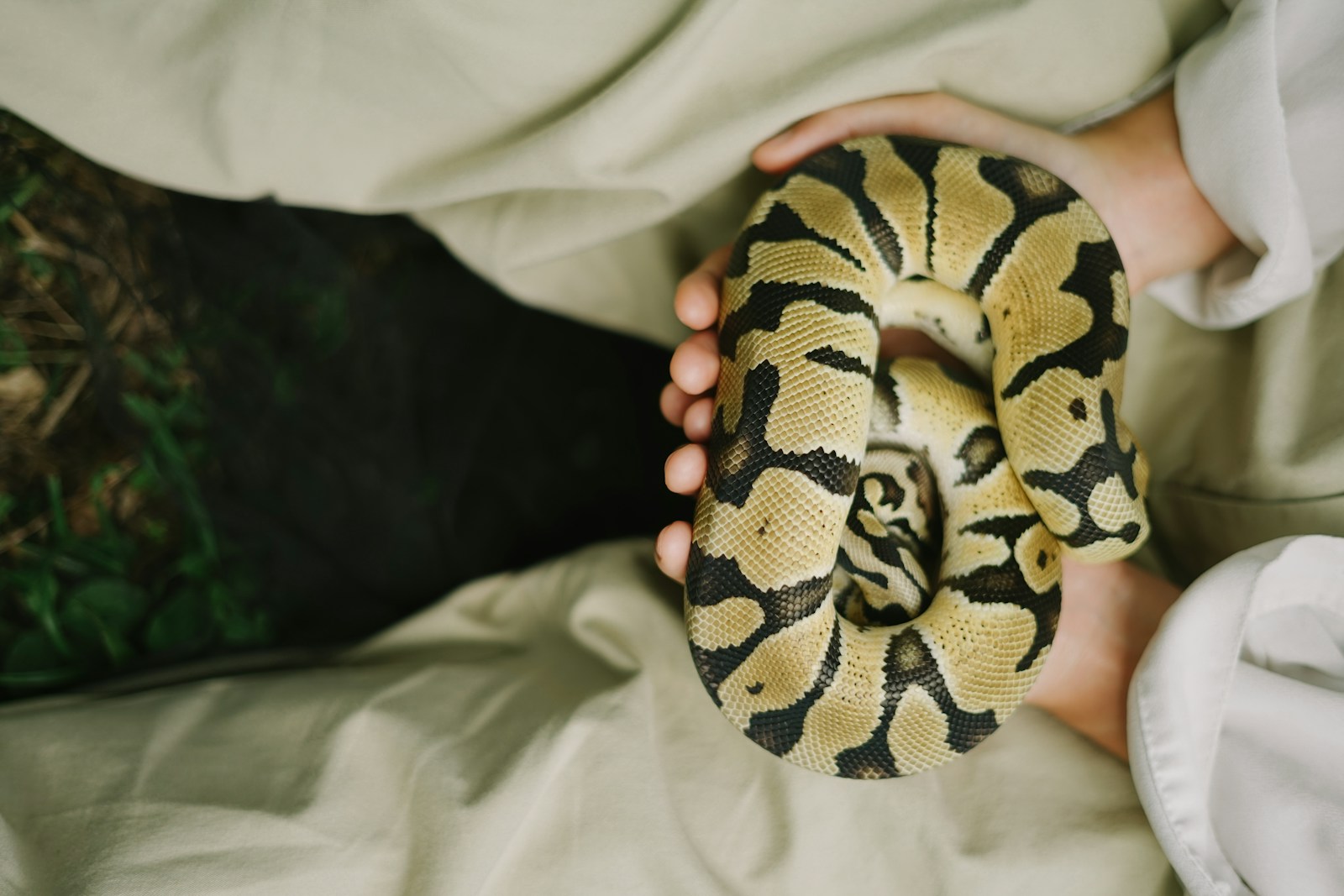

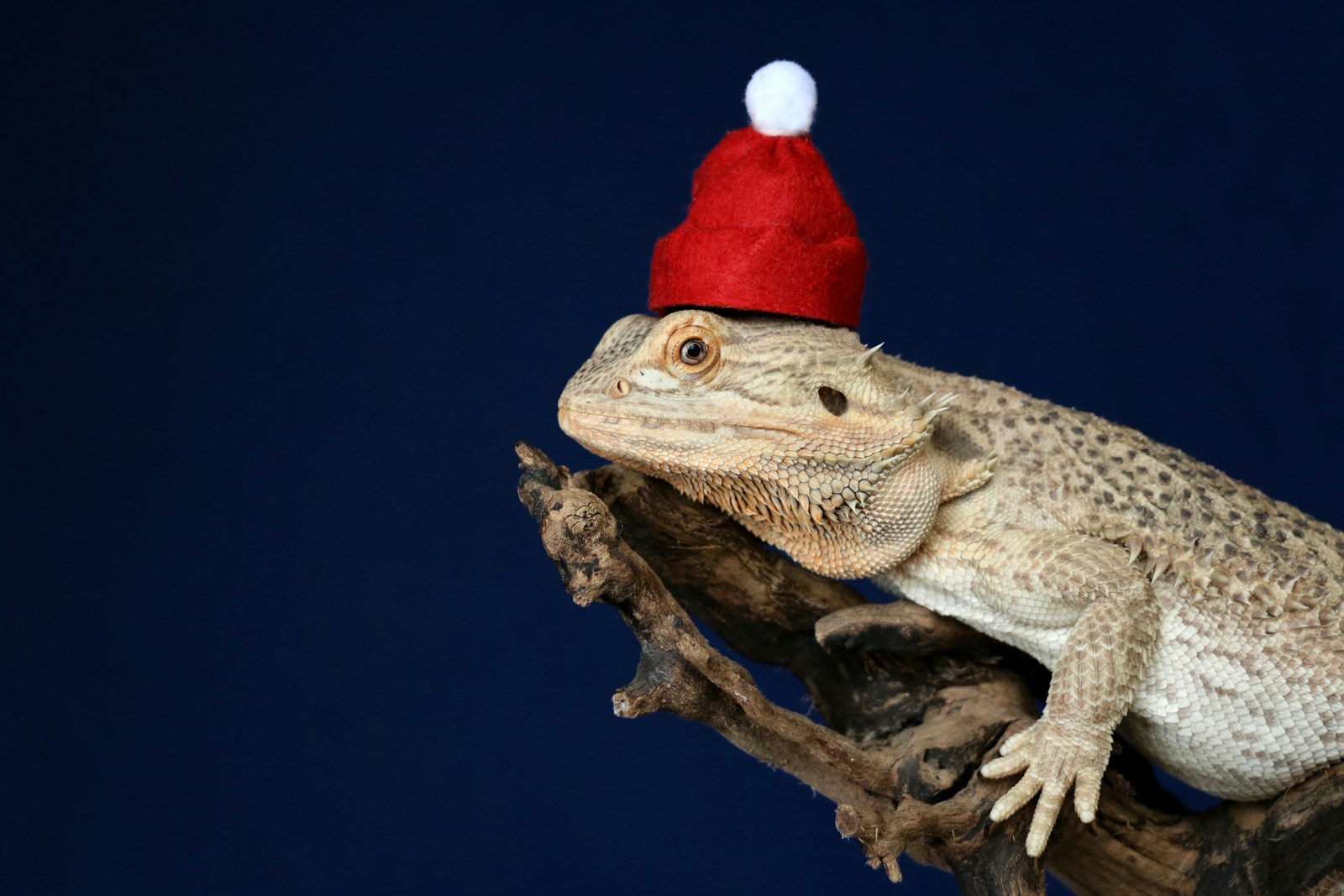
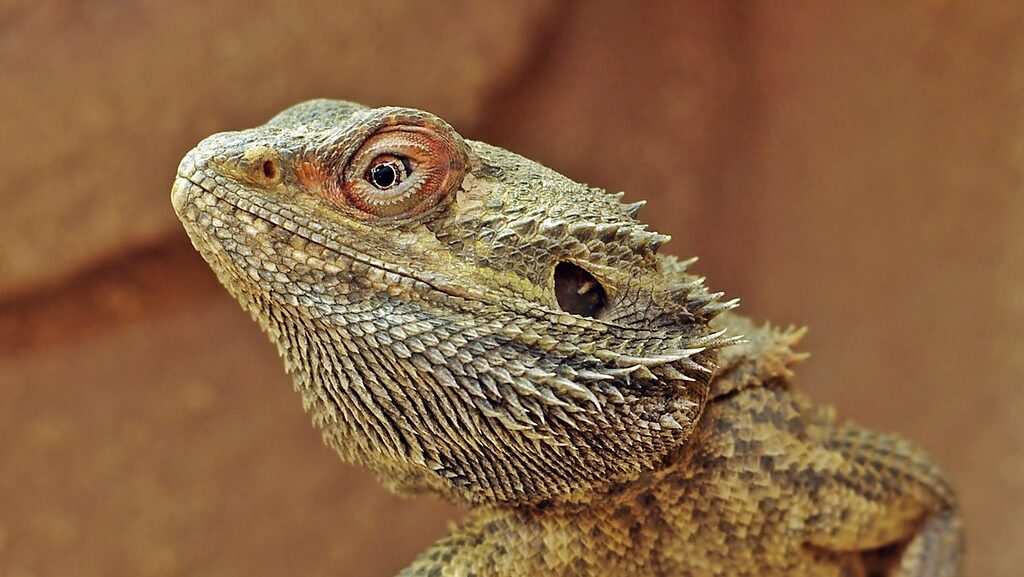
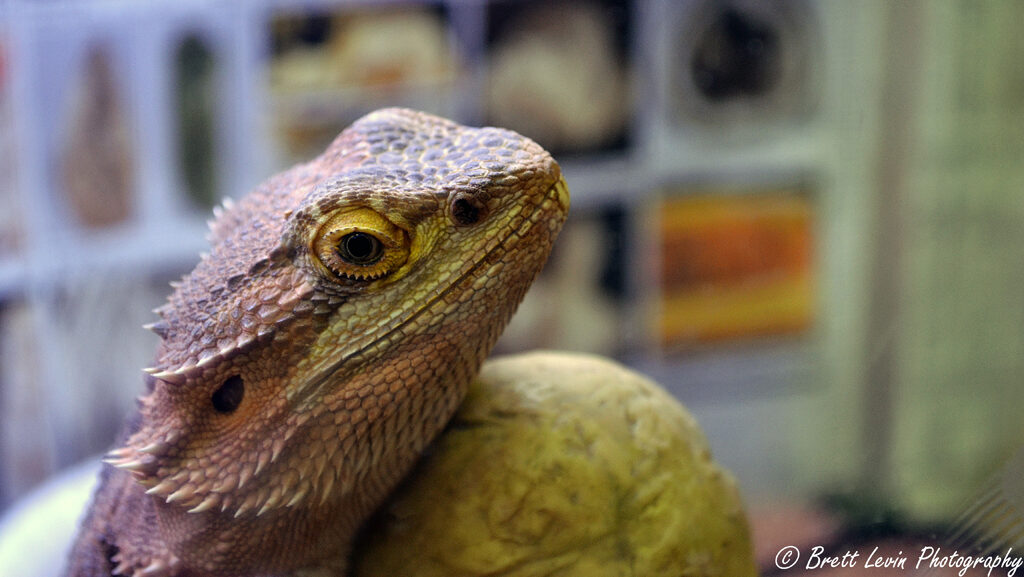
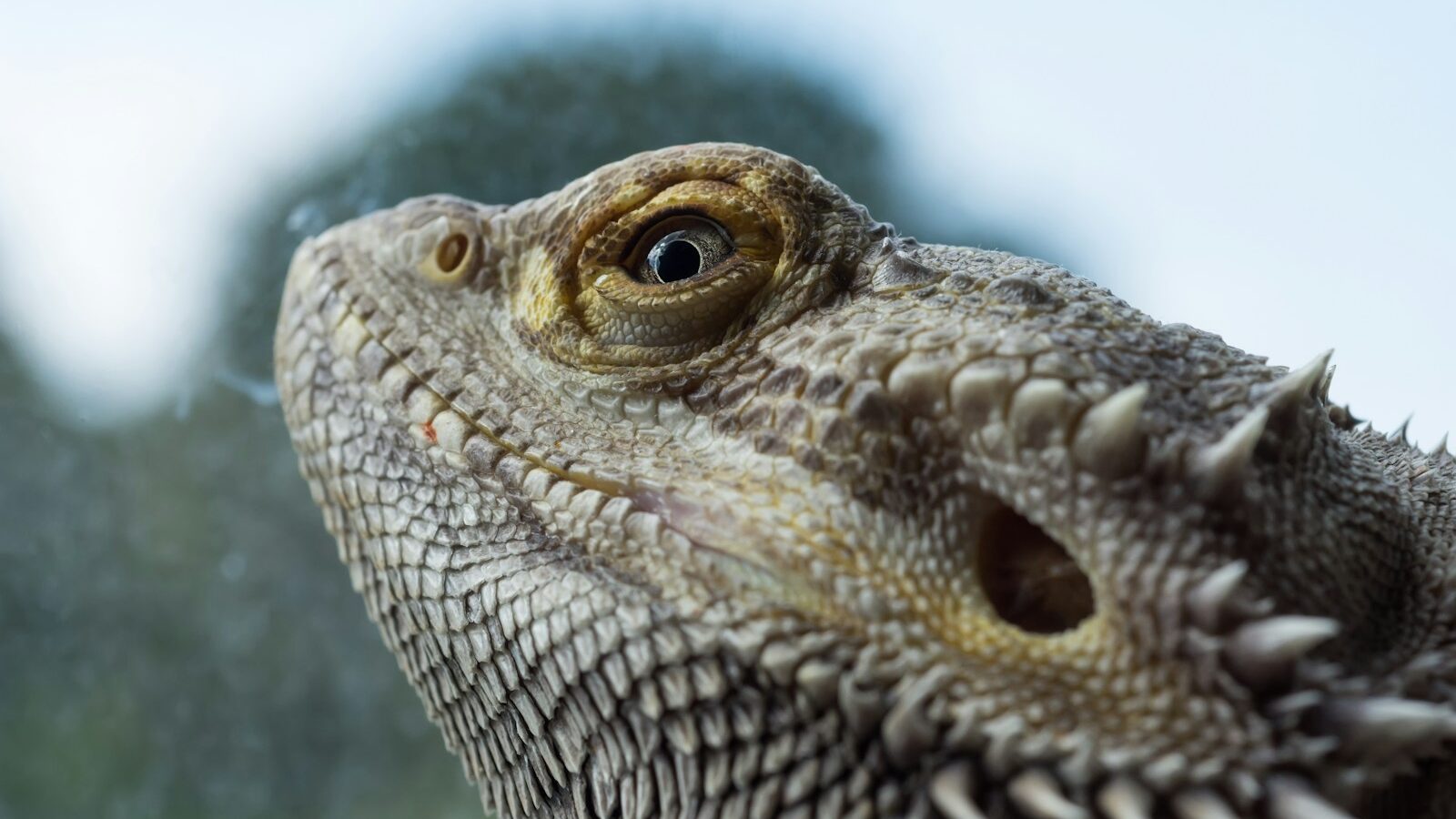
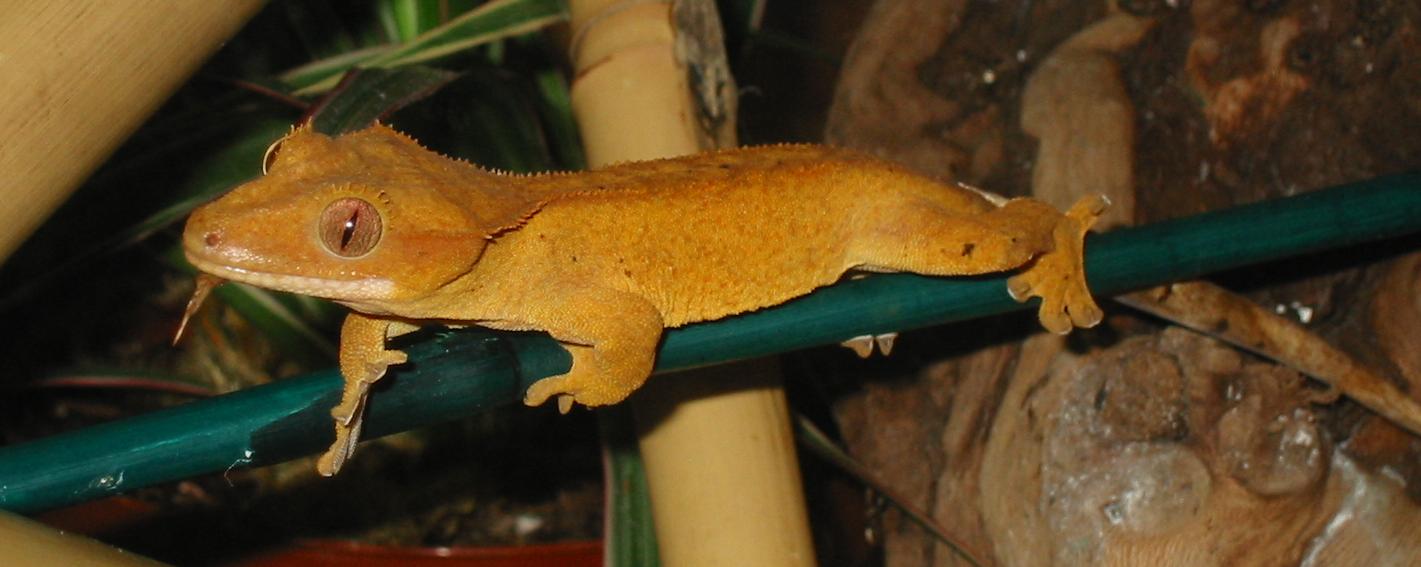
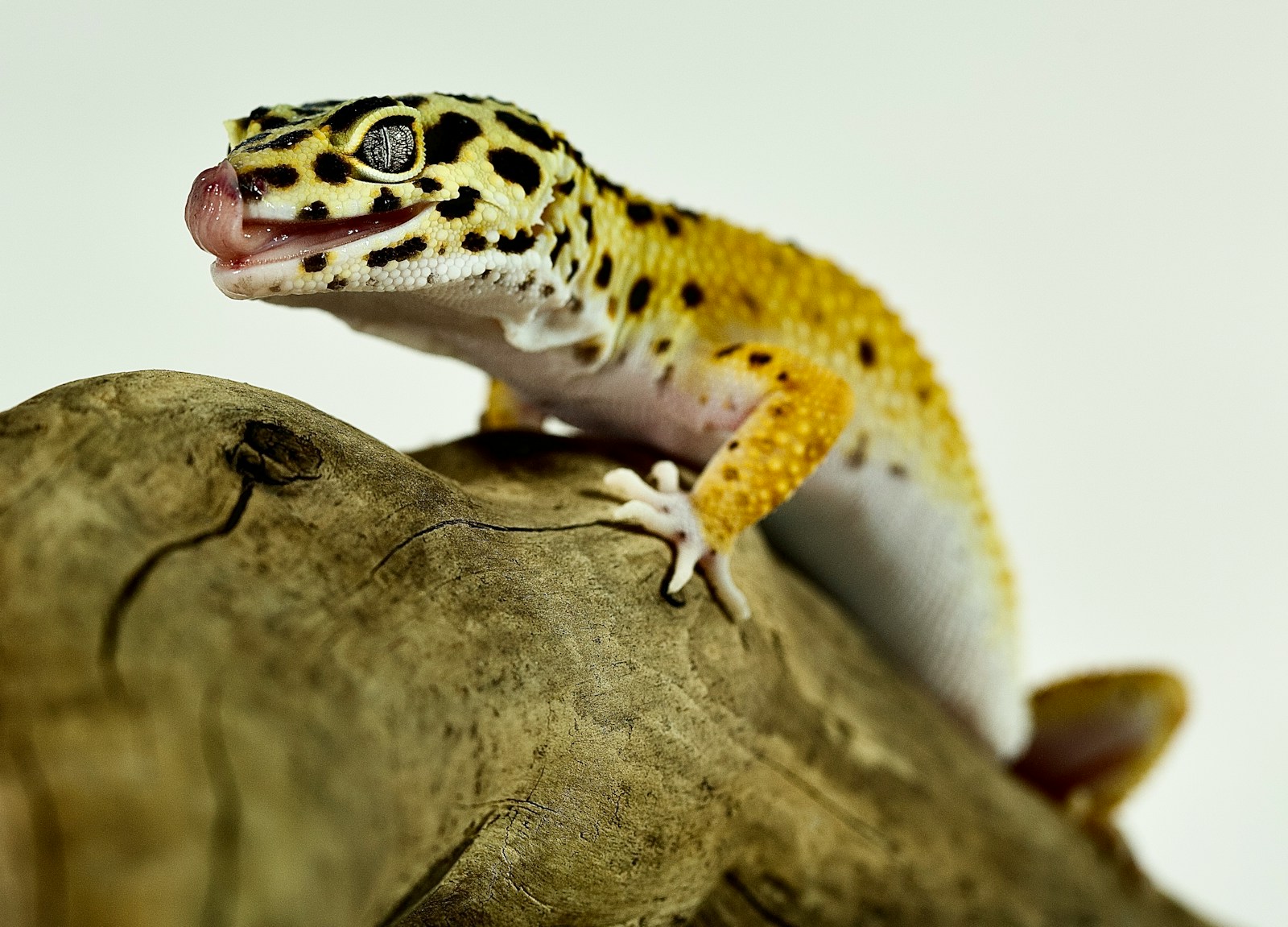

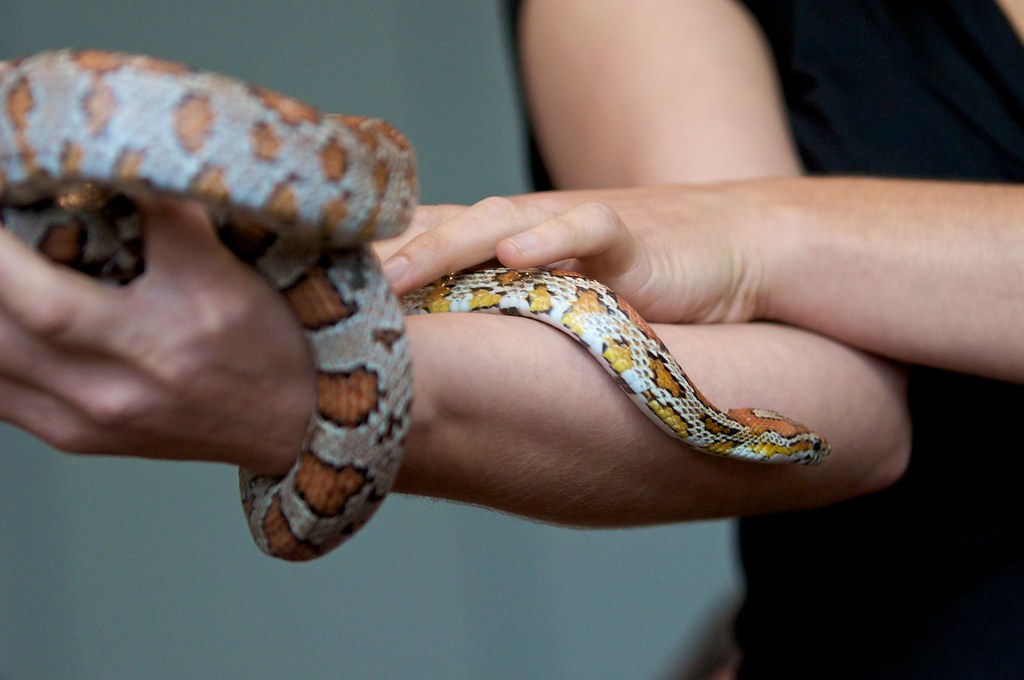

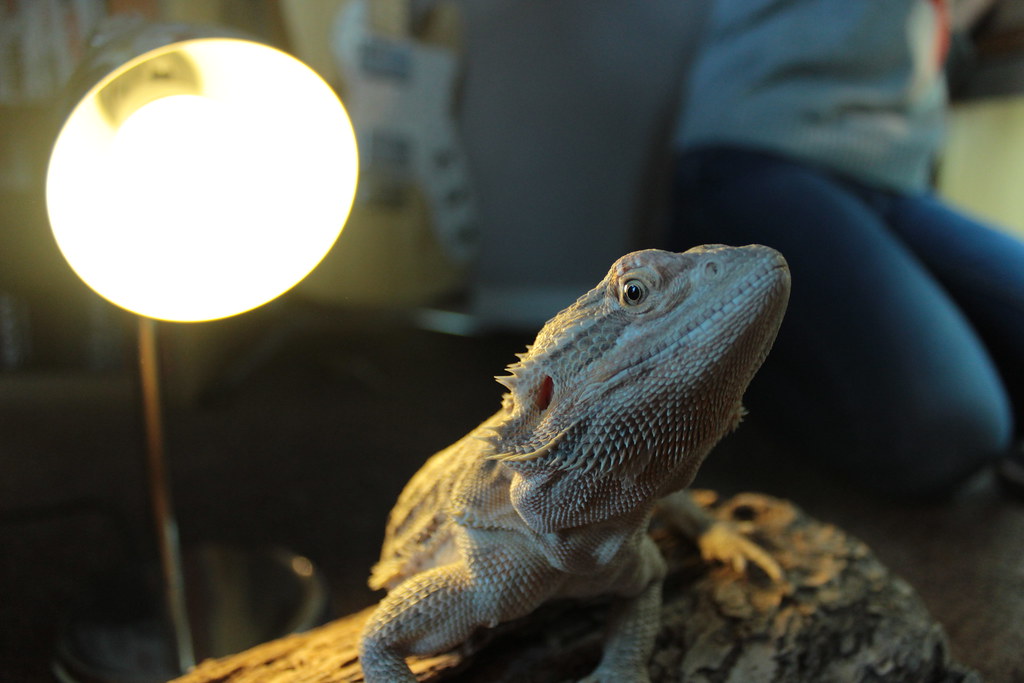
Leave a Reply